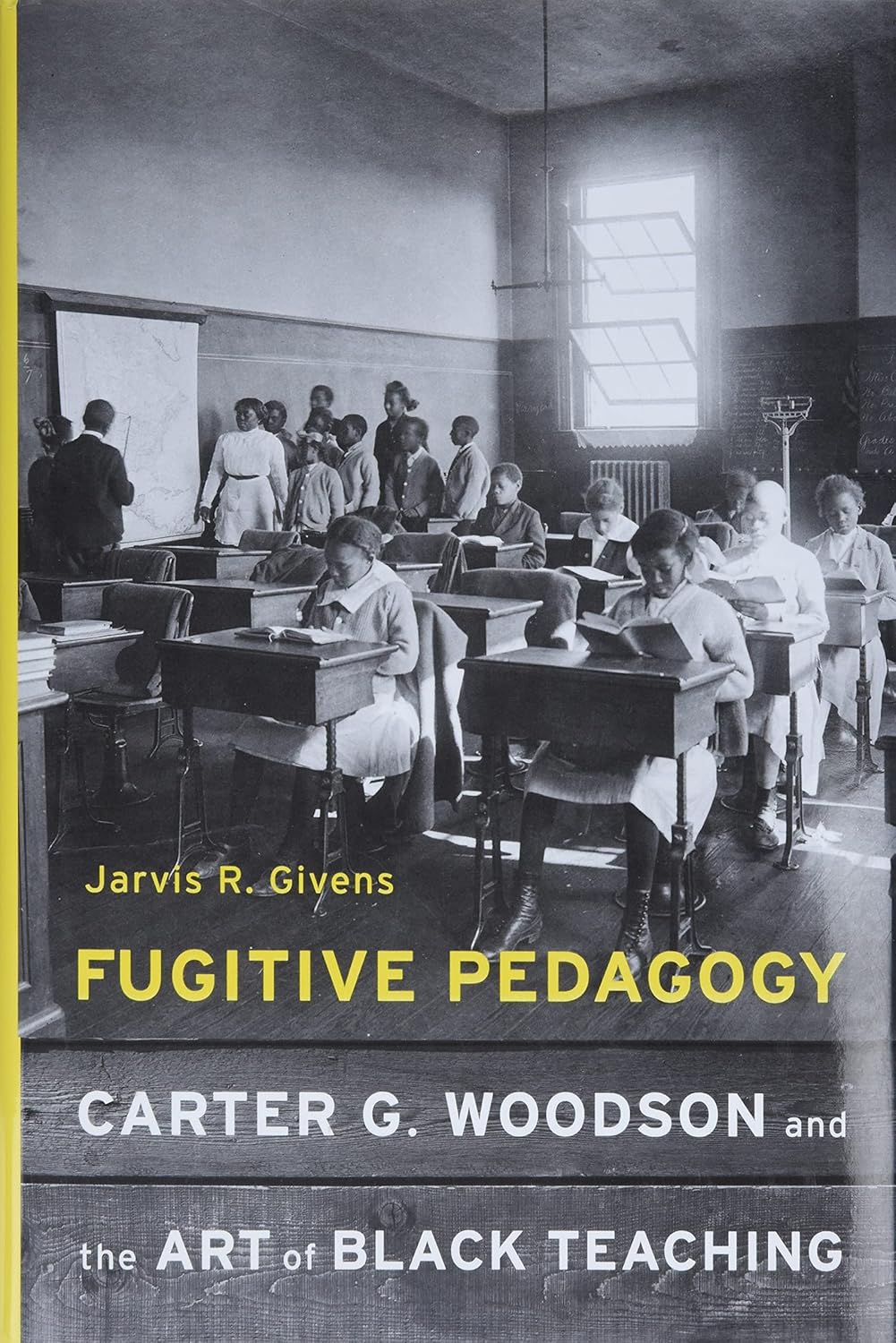Fugitive Pedagogy articulates the social history that Givens envisioned writing that day he heard the story of Tessie McGee. After that first discovery, he spent years chasing down a “patchwork” of sources: public school records, teacher association archives, journals, oral histories, correspondences, eulogies—anything that might lead him to the voices of black teachers and students or bring him into classrooms like McGee’s. He searched through ephemera from long-gone black schools, the personal papers of prominent educators, and the notes and lesson plans of ordinary teachers. (This “messy” research process helped spur a further effort, The Black Teacher Archive, launched in 2020 with Princeton historian Imani Perry, J.D. ’00, Ph.D. ’00. The first phase of the project is to locate and digitize all the journals published by “Colored Teachers Associations” from the 1920s through the 1970s. “When I was seeking out these records, I realized how scattered they were,” he says, “how easily they could be lost….They’re an important resource documenting the intellectual and political legacy of black teachers, and there’s an obvious need to make sure they’re preserved.”)
In Houston, Givens found multiple drafts of a syllabus that Ira B. Bryant, a social studies teacher at Phyllis Wheatley High School in the 1930s, had developed for a curriculum in “Negro history and literature.” Givens’s research took him into the North, too, where segregation and hostility to black education were often the custom, if not the law. In Chicago, he found the records of a teacher, Madeline Stratton Morris, who, in close consultation with Woodson, put together a black history course—the first of its kind there—and made the syllabus available to other teachers who might use it. “In New Orleans,” Givens says, “you’ll find teachers who are organizing study groups to incorporate Negro life and literature into the elementary schools, the junior high, the high-school program.” Amid this constellation of documents and artifacts, “you can really see the circulation of ideas in this networked world that black teachers were a part of,” he says. Those networks made it possible for “someone like Tessie McGee, who’s in rural Louisiana, to get access to textbooks by Carter G. Woodson.”
Expansive, meticulous, and at times powerfully lyrical, Fugitive Pedagogy offers a new framework for thinking about the individual stories of black students and teachers across the Jim Crow South: not as isolated scenarios, but part of a pattern that was sustained “by black institutions and shared visions of freedom and societal transformation.” He goes on: “They were not sporadic. They were the occasion, the main event. Fugitive pedagogy is the plot at the heart of the matter—the story and the scheme.”
